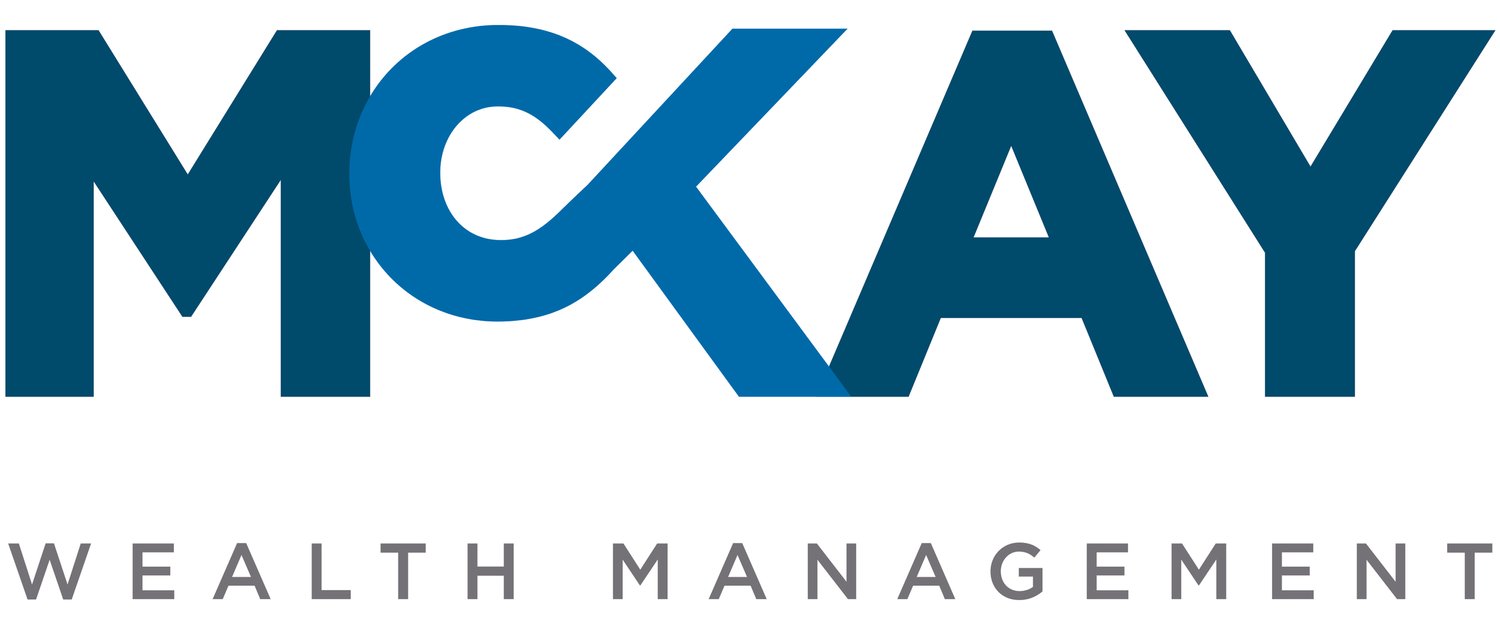Maximize Your Retirement Contributions: Strategies and Options
Strategies to Maximize Savings
Retirement might seem far off, but the steps you take today can significantly impact your financial freedom tomorrow. We frequently get asked about the best way to build retirement savings, and starting early is key building a strong foundation. If you are concerned that you have some “catching up” to do, it’s not too late to focus on maximining retirement savings.
Contribute early, regularly, and increase contributions annually
Even if it is only a nominal amount, start saving monthly for retirement as early as you can and have a plan to increase the amount you contribute each year. Even small increases can accumulate significantly over time due to compound interest. Overtime you should seek to reach the annual maximum plan contribution amount.
Take Advantage of Employer Matching
If your employer offers a matching contribution to your retirement account, at a minimum you should contribute enough to receive the maximum match. It's essentially free money.
Utilize Catch-Up Contributions
Individuals aged 50 and older can make additional catch-up contributions to their retirement accounts. For example, in 2024, individuals aged 50 and older could contribute an extra $7,500 to a 401(k) and an additional $1,000 to an IRA.
Diversify Your Investments
Allocate your investments across various asset classes to reduce risk. Diversification can help mitigate losses and maximize potential returns.
Understanding Savings Options
With multiple savings options available to many of us, here are some considerations for which type of retirement savings account may be available to you.
Retirement Plans Sponsored by Employers
401(k) & 403(b): Traditional contributions are pre-tax, reducing taxable income. Roth contributions are after-tax and do not reduce current taxable income but allow for tax free growth and future distributions.
Limits: Annual contribution limit is $23,000 for under-50s. Those 50+ can add $7,500 as catch-up, totaling $30,500. No income limits apply.
Eligibility: Available at workplace’s that provide such plans.
Individual Retirement Accounts (IRAs)
Traditional IRA: Offers tax-deductible contributions; earnings grow tax-deferred.
Roth IRA: Funded after-tax; withdrawals in retirement are tax-free.
Limits: $7,000 yearly for under-50s; $8,000 with $1,000 catch-up for 50+.
Eligibility: Individuals with earned income and spouses who are married to individual with earned income. Income limits affect Deductible IRA and Roth IRA contributions.
Health Savings Account (HSA)
Triple Tax Advantages: Contributions are tax-deductible, grow tax-free, and withdrawals for medical expenses are tax-free.
Limits: $4,150 (individual) and $8,300 (family) annually in 2024. $1,000 catch-up for 55+.
Eligibility: Requires a high-deductible health plan.
Tax Advantages of Retirement Savings
Tax considerations play a major role in retirement savings. It is important to understand when you pay the taxes on your retirement savings and that tax advantages of different savings options.
Tax-Deferred Growth
Contributions to traditional retirement accounts are tax-deferred, allowing your investments to grow without being taxed until withdrawal during retirement. This can be advantage in lowering your taxable income in the year that you make contributions. Beneficial if you current tax bracket is higher than future tax brackets.
Tax-Free Withdrawals (Roth IRA)
Contributions to Roth IRAs are after-tax dollars. Your investments grow without taxation, allowing withdrawals during retirement to be tax-free. This can be advantageous if you anticipate being in a higher tax bracket during retirement.
Conclusion
Maximizing retirement contributions is a vital step toward securing a comfortable and financially stable future. By leveraging different savings options, employing strategic contribution methods, and understanding the tax advantages, you can effectively boost your retirement savings. Remember, starting early, staying consistent, and taking advantage of employer benefits are key to building a substantial retirement nest egg. We are available to review your circumstances to ensure you are making the most of your retirement savings. Your future self will thank you for the foresight and diligence in saving for a prosperous retirement.
Disclosure:
1) IRA Limitation & Early Withdraws- Some IRA’s have contribution limitations and tax consequences for early withdrawals. For complete details, consult your tax advisor or attorney. Retirement Plans: Distributions from traditional IRA’s and employer sponsored retirement plans are taxed as ordinary income and, if taken prior to reaching age 59½, may be subject to an additional 10% IRS tax penalty.
2) Roth IRA- Converting from a traditional IRA to a Roth IRA is a taxable event. A Roth IRA offers tax free withdrawals on taxable contributions. To qualify for the tax-free and penalty-free withdrawal or earnings, a Roth IRA must be in place for at least five tax years, and the distribution must take place after age 59½ or due to death, disability, or a first time home purchase (up to a $10,000 lifetime maximum). Depending on state law, Roth IRA distributions may be subject to state taxes.
3) 401(k)- Before deciding whether to retain assets in a 401(k) or roll over to an IRA, an investor should consider various factors including, but not limited to, investment options, fees and expenses, services, withdrawal penalties, protection from creditors and legal judgments, required minimum distributions and possession of employer stock. Please view the Investor Alerts section of the FINRA website for additional information.
